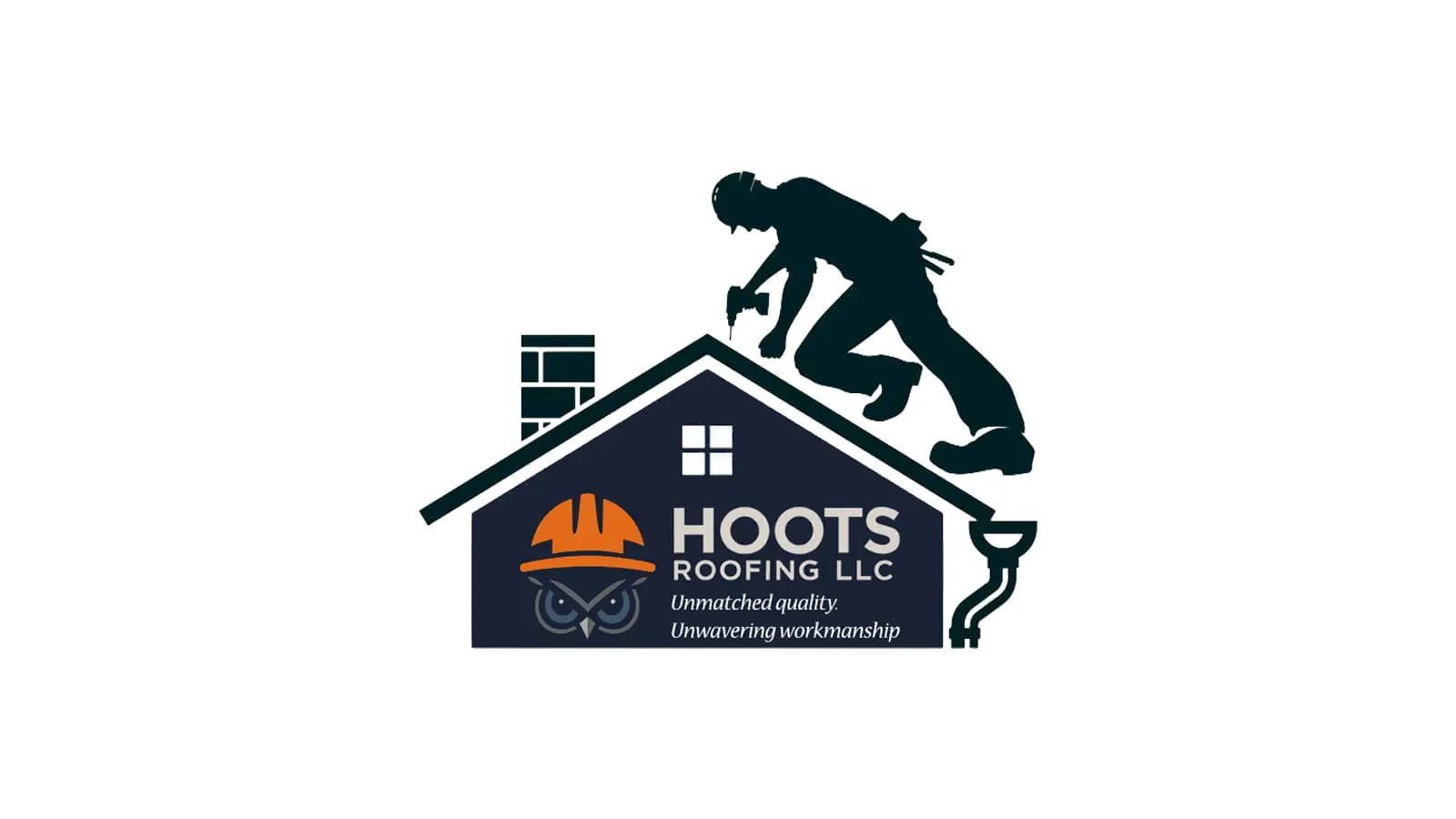The Fine Print That Protects (or Fails) Your Roof
A new roof is one of the largest investments you’ll make in your home. Naturally, homeowners breathe easier knowing it comes with a warranty. But here’s the catch: not all warranties are created equal. Understanding what’s actually covered — and what isn’t — can mean the difference between peace of mind and a costly surprise.
Two Types of Roof Warranties
Most homeowners are surprised to learn there are actually two separate warranties at play:
-
Manufacturer’s Material Warranty
Covers defects in shingles or roofing products themselves. Think faulty asphalt mix, premature cracking, or granule loss not caused by installation. -
Workmanship Warranty
Covers how the roof was installed. Even the best shingles will fail if nailed or flashed incorrectly. This warranty is issued by the contractor, not the manufacturer.
Without both in place, you’re only halfway protected.
Material Warranty: The Basics
Major shingle manufacturers (like GAF, CertainTeed, and Owens Corning) typically offer warranties ranging from 20 years to “lifetime.” But the fine print matters:
- Prorated vs. Non-Prorated: Many warranties reduce coverage after the first 10 years.
- Transferability: If you sell your home, does the warranty transfer to the new owner?
- Registration: Some require you to register within 60–90 days to remain valid.
Fail to meet these requirements, and your coverage may disappear.
Workmanship Warranty: Where the Rubber Meets the Roof
This is the contractor’s promise to stand behind their labor. A strong workmanship warranty covers:
- Leaks due to improper flashing or nail placement
- Shingle blow-offs caused by installation errors
- Ventilation missteps that shorten roof life
At Hoots Roofing, we provide a 3-year workmanship warranty — because we know a roof is only as good as the team that installed it.
What Voids a Warranty?
Unfortunately, warranties aren’t unconditional. Common reasons claims get denied include:
- Improper ventilation: Manufacturers require airflow, or coverage is void.
- Unauthorized repairs: Letting a handyman “patch” your roof may cancel coverage.
- Lack of maintenance: Skipping inspections or ignoring minor issues can nullify claims.
- Storm damage: Most warranties don’t cover hail, wind, or fallen trees (that’s insurance territory).
Why Homeowners Get Caught Off Guard
Imagine this: a homeowner files a claim after shingles start curling in year 12 of a “lifetime” warranty. The manufacturer denies it because ventilation was inadequate, and the contractor who installed the roof is long gone. Now the homeowner is left footing the entire bill.
This happens more often than you’d think — and it’s why working with a licensed, insured, local contractor who’s not going anywhere is crucial.
Questions to Ask Before Signing
- Is the warranty prorated or full coverage?
- How long is the workmanship warranty?
- What actions could void coverage?
- Do I need to register the warranty myself, or does the contractor handle it?
- Is the warranty transferable if I sell my home?
If you don’t get clear answers, that’s a red flag.
The Bottom Line
A roof warranty should provide confidence, not confusion. By understanding the difference between material and workmanship coverage, ensuring proper installation, and keeping up with maintenance, you can protect both your roof and your wallet.
Ready to Roof with Confidence?
👉 Schedule Your Free Estimate Today
📞 Call (931) 221-2115 and let Hoots Roofing give you a roof backed by craftsmanship and coverage you can trust.

